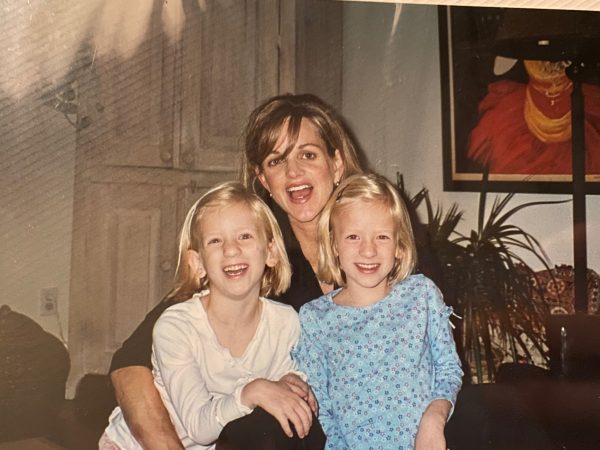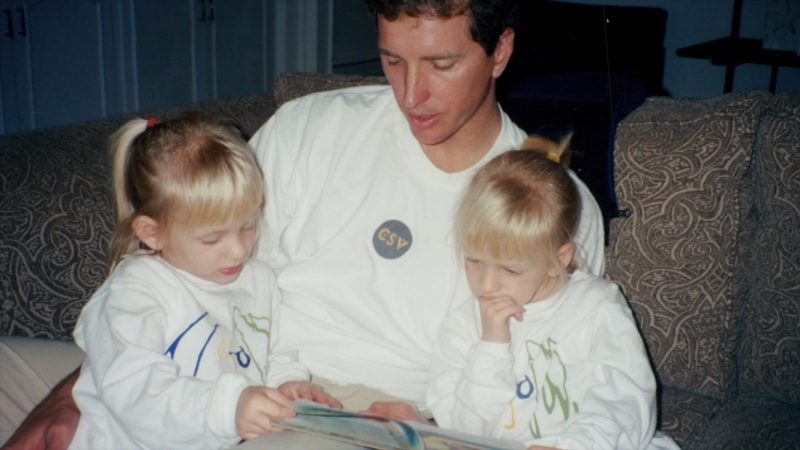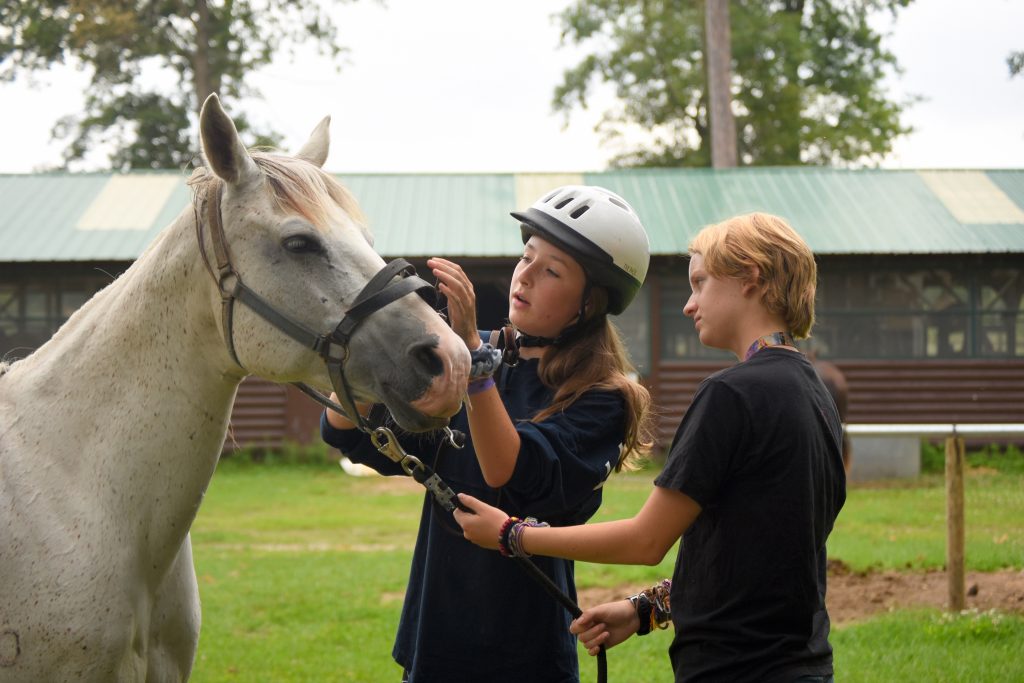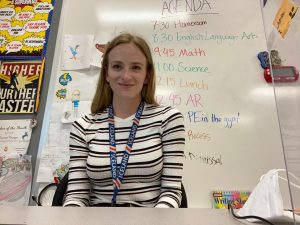
In the fifth grade, my teacher, Mrs. Pasko, was the first person who helped me realize my writing was worthwhile. While other kids were drawing or playing, she would let me write — sometimes when I should have been doing other assignments too. When I finished a new story, I couldn’t wait to show her what I wrote, and she always made time to read them.
I remember one day before we started a lesson on adjectives, she pulled me aside and asked if she could use one of my chapters in her lesson that day. I remember thinking — Oh my gosh, she thinks I’m good. The fact that I was 11 and a teacher — an adult who wanted to use my writing to teach my classmates — I was beside myself.
The minute my words flashed on the projector for everyone to see, writing was no longer a hobby for me. It became something I was good at. By the time I was in sixth grade, I wrote my first complete chapter book. I spent a lot of time by myself my freshman and sophomore year — eating lunches in teachers’ classrooms just so I could put pen to paper and nobody would be bothering me.
And then by the time I went to college, I’d written a few novels. I think about Mrs. Pasko and that life-changing moment often, especially now that I’m a fifth-grade English Language Arts and Social Studies teacher.

When I was six, my father’s younger brother died of leukemia. I remember for the three years my uncle was sick, my father donated bone marrow, platelets, and white blood cells. And that meant, you know, having to give himself injections at home — really painful shots to the abdomen to get his bone marrow producing extra cells.
He would drive from Austin to the MD Anderson Center in Houston and have his bone marrow drilled out of him. He did that several times — enough times where I remember seeing him with casts and bandages after the bone marrow procedures. And he never complained. There was never a moment of should I do this. It was always just — this is what I’m doing. I’m going to Houston. I’m doing this, I’ll see you when I get back. This is for Uncle David.
He showed me what selflessness looked like early on in my life. That’s what you do for the people you care about, even if you’re not blood-related he’d always say. We went together to visit Uncle David in the hospital one time, just me and my dad. And seeing him being strong for his brother was something I’ll never forget. I have two sisters, a twin, and a younger sister, and I remember thinking — that’s the kind of sibling I want to be. That’s the kind of human being I want to be when I grow up.

I always knew I wanted to be a teacher because I loved working with kids – I was a camp counselor for two years during college and also worked at a daycare center for babies. But I always imagined myself in the classroom when I was old and gray. In 2020 – the week before the pandemic struck, I came home to Austin for my last spring break of college with plans to pursue a career in media, but I shifted my plans when I found out my college was closed for in-person learning the remainder of the year. I began looking for a job in Austin, and in the middle of my tireless job search, I started noticing all these postings for IDEA Public Schools. They were hiring for teachers. I remember thinking — wow, that’s something I eventually wanted to do, so why not now? I love working with kids. I know how to build that rapport and build relationships with them. So, I applied right away, got called back for an interview, and landed a teaching position at IDEA Health Professions. When they asked me what grade level I wanted, without hesitation, I said fifth grade because I remember it being that age you start to find what subjects you’re passionate about, what kind of person you want to be, and you’re not too cool for school. I knew I wanted to create the fifth-grade experience Mrs. Pasko created for me and my classmates, but the first time I walked into my empty classroom, I realized it was going to take a little imagination and work.
 I stood in my classroom doorway and imagined how I could bring life and energy to our virtual and in person learning space. I wanted to provide my students with a sense of joy and normalcy during these stressful times; they deserved to see walls that were covered in inspirational posters when we were learning virtually and educational charts to enhance our in-person lessons and discussions.
I stood in my classroom doorway and imagined how I could bring life and energy to our virtual and in person learning space. I wanted to provide my students with a sense of joy and normalcy during these stressful times; they deserved to see walls that were covered in inspirational posters when we were learning virtually and educational charts to enhance our in-person lessons and discussions.
I was prepared to purchase these things and extra supplies from my own budget, especially for those students who couldn’t afford their own materials, so I made a list of everything I needed and went to Walmart later that day. On the first day of school, a few students pointed out the “Superhero is…” poster I’d purchased and placed right behind me and I referenced a literary genre visual that could be seen on the right of my camera.
That personal money spent has since been worth every penny, especially when I started discovering the difficult situations some of my students were experiencing at home. Three of my students in particular – two are twins and one is their older sister who was held back a year, continue to be the hardest working kids I have ever met in my life. They would go above and beyond in class, showing up every day despite having to help their mom take care of their younger siblings after school while she juggled multiple jobs to support their family.
Finally, the campus opened for limited in-person learning, and one morning the oldest of the three darted straight to my desk to share a story she had written the night before at home. It was past the time to start class, but I didn’t want to stop her because I could tell she needed someone to tell her it was amazing and that they were proud of her. So I read it, looked up, and asked her if I could use it in a future lesson.